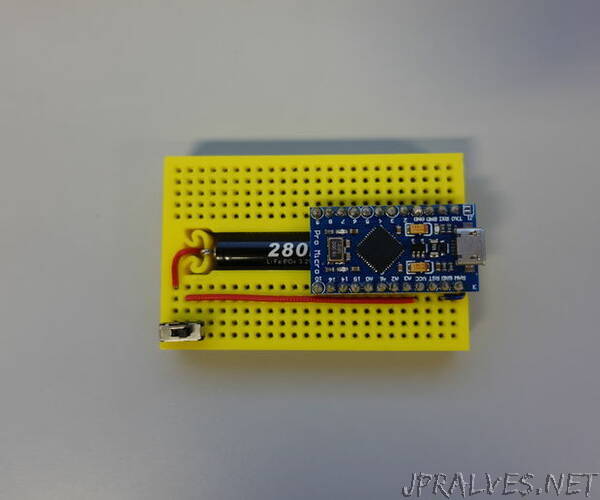
“This Instructables show how to create a tailor-made breadboard for dev board.
Breadboard (solderless breadboards) is a very import component for prototyping of electronics.
It can help you test the circuit before soldering it. Since the connection not require soldering, after the prototyping, all components can be reusable for next projects.
There are various size of breadboard, all of them have similar arrangement. A notch in the middle, 2 groups of terminal strips besides the notch and some breadboard have Bus strips on both side. The pitch of the pins is 0.1 inches (2.54 mm).
The size of the notch is always 2 pins width because this size can just fit for all DIP (Dual in-line package) chips plug in the middle. This is a very good design because most Integrated circuit (IC) have DIP version.
For simplify the development work, there are more and more Integrated circuit board appears in the market, it is called development (dev) board. Dev board help to reduce the connection work for the general common components. E.g. Arduino Nano dev board integrated USB to Serial adaptor, power regulator, Crystal oscillator, essential capacitors and resistors with the ATMega328 chips. It can reduce much of work for the connection by developer.
However, the dev board is much wider than a DIP chip, it reduced the accessible pins for each terminal strips. Arduino family dev board remain 2 or 3 pins for each terminal strips. Most ESP8266 and ESP32 family dev board only remain 1 pin for each terminal strips. At worst case (one of my ESP32 dev board), all pins on one side totally hided under the dev board and the other side only remain 1 pin for each terminal strip.
Current breadboard is not so dev board friendly, so it is the time to make a wider breadboard for dev board.”
